The Government should stop routing subsidies through manufacturers and give these as direct benefit transfer
The splurge in fertiliser subsidy in the last three years is giving jitters to policy makers, especially the Union finance ministry, which has to foot the bills. Fertiliser subsidy amounts to payments made to manufacturers or importers to cover the excess of the cost of production/import and distribution over a low maximum retail price (MRP, the price asked by the Union Government to charge from the farmers).
These payments are under two broad categories viz. (i) urea, main source of nitrogen or ‘N’ supply; (ii) phosphate or ‘P’ and potash or ‘K’ fertilizers – commonly known as non-urea fertilizers – popular fertilizer in this category being di-ammonium phosphate (DAP) and muriate of potash (MOP).
In the case of urea, the Government exercises ‘mandatory’ control on MRP and reimburses the manufacturers/importers for the excess of the cost of production (C&F landed cost in case of imports) and distribution or ‘cost of supply’ in short over the MRP as subsidy on a ‘unit-specific’ basis under the New Pricing Scheme (NPS) in vogue since 2003. As for non-urea fertilizers, it fixes ‘uniform’ subsidies on a per nutrient basis for all manufacturers and importers under another scheme called the Nutrient Based Scheme (NBS) introduced in 2010.
The two most crucial factors impinging on subsidy are: (i) the cost of supply and (ii) MRP, as subsidy on each ton of fertilizer produced (or imported) and sold is nothing but the difference between the two.
The total quantity of fertilizer sold is the third important factor which when multiplied with subsidy on each ton gives aggregate subsidy payments, as reflected in the budget.
India is overwhelmingly dependent on imports for meeting its fertilizer requirements, the extent of dependence in each fertilizer segment being Phosphate (90 percent), Potash (100 percent), Urea (33 percent), Gas (50 percent). Their landed cost on Indian shores is determined by an inter-play of global demand and supply forces.
Then, there are add-ons such as customs duty (CD), port handling and internal transportation cost in case of fertilizer import in finished form and ‘processing cost’ (a catch all phrase for raw material or RM cost , interest, depreciation, return on equity; overheads, including wages and salaries, packaging, etc.,) in case where fertilizer is produced in India using imported RM. Then, there are taxes and duties.
Apart from CD on imports of non-urea fertilizers and RMs @5 percent (except rock phosphate and sulphur which attract 2.5 percent), all fertilizers attract GST (Goods and Services Tax) @ 5 percent.
Phosphoric acid and ammonia (RMs used for making non-urea fertilizers) attract GST @ 12 percent and 18 percent respectively. Natural gas (it is outside GST) attracts VAT which can go up to a high of 21 percent, say in Uttar Pradesh.
In view of the above, the cost of supply is largely beyond the control of manufacturers and importers. As for MRP, here again, given the political fallout of any hike, particularly urea, no government dares touch it. How crucial its role is, may be gauged from the following:
In his budget speech for 1998-99, Yashwant Sinha, finance minister under the Vajpayee Government, had proposed an increase of Rs 1,000 per ton in the MRP of urea. However, in a bid to avoid giving an impression that the hike was big, he presented the increase as Re 1 per kg instead of expressing it on a per ton basis, which is normal practice. But the trick didn’t work. Sinha was forced to roll back 50 percent of the hike on the very next day and balance in less than two weeks.
Believe it or not, for almost two decades since 2002, there has been no increase in urea MRP (sans a marginal 10 percent hike in 2010). Even for non-urea fertilizers, although the NBS allows for an increase in their selling prices, the Modi Government has de facto put a freeze on them as well since April 2021.
Hamstrung by the above factors, successive governments have helplessly watched fertilizer subsidies rise continuously which has acquired alarming proportions in recent years. Only in 2008-09, it had crossed `100,000 crore mark. Now, we see this happening for three consecutive years. During 2020-21 and 2021-22, the subsidy outgo was `138,000 crore and
`162,000 crore, respectively. During 2022-23, it is expected to touch the `250,000 crore mark.
What is the road ahead? The answer is hidden in an analysis by the chief economic advisor (CEA) in the Economic Survey FY 2015-16. According to it, as much as 24 per cent of the subsidy is spent on inefficient producers, 41 percent is diverted to non-agricultural uses, including smuggling to neighboring countries, and 24 per cent is consumed by larger, presumably richer farmers. That leaves a tiny 11 percent for small and marginal farmers who should be getting the maximum benefit of the subsidy.
Look at the diversion of urea which could be as high as 30 percent currently notwithstanding the much trumpeted neem coating (since 2015-16, all manufacturers/ importers are required to do it). Out of total annual sales of 35 million tons, the quantity that gets diverted and hence doesn’t deserve subsidy works out to around 10.5 million tons. Taking the average subsidy per ton of `71,400/- (250,000/3.5), eliminating diversion can yield savings of about Rs 75,000 crore.
From total sales, deducting the quantity diverted, we get the quantum of urea actually used by the farmers. This works out to 24.5 million tons (35 – 10.5). Of this, consumption by medium and large farmers (land holding over 2 hectare) is about 25 percent or 6.1 million tons. If they are excluded from the subsidy scheme, this will result in savings of about `44,000 crore (0.61×71,400).
There is tremendous scope for improving the efficiency of fertilizer use. A 10 percent increase in urea use efficiency translates to savings of 2.45 million tons (24.5x0.1). Taking a subsidy of `71,400/- on each ton, will yield savings of about `17,500 crore (0.245x71,400).
All put together, it is possible to garner savings of `136,500 crore (75,000 + 44,000 + 17,500). But, to get there, the government will require to embrace far-reaching pricing and subsidy reforms.
The Government should stop routing subsidies through manufacturers; instead, it may be given as direct benefit transfer (DBT) only to the small and marginal farmers. All suppliers should be free to sell fertilizers at market determined prices. Urea import should be freed even as the import of non-urea fertilizers is already free.
This will ensure competition amongst suppliers and survival of the fittest, i.e., those who can supply at low cost. With no subsidized fertilizer in the market (as subsidy goes to the farmer’s account), diversion will be completely eliminated. Moreover, in view of MRP reflecting fertilizer’s true cost, farmers will use them efficiently.
The Government also needs to review the taxes and duties. It makes no sense to impose a tax on fertilisers only to be reimbursed as an additional subsidy. Customs duty on all fertiliser imports and RMs used in their making should go. Gas should be brought under GST and put under a five percent slab.
(Courtesy The Pioneer: Uttam Gupta)







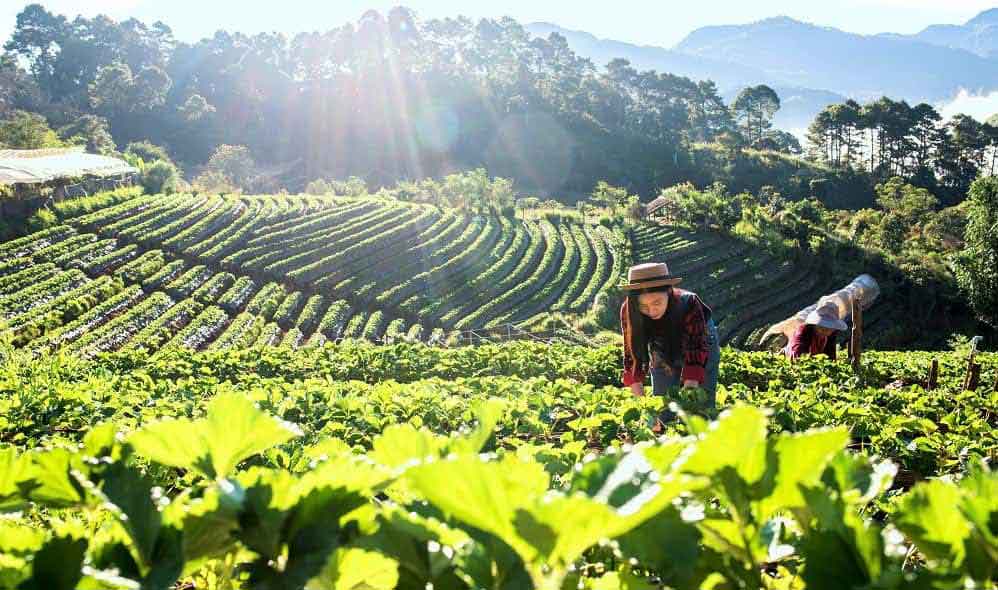
 OpinionExpress.In
OpinionExpress.In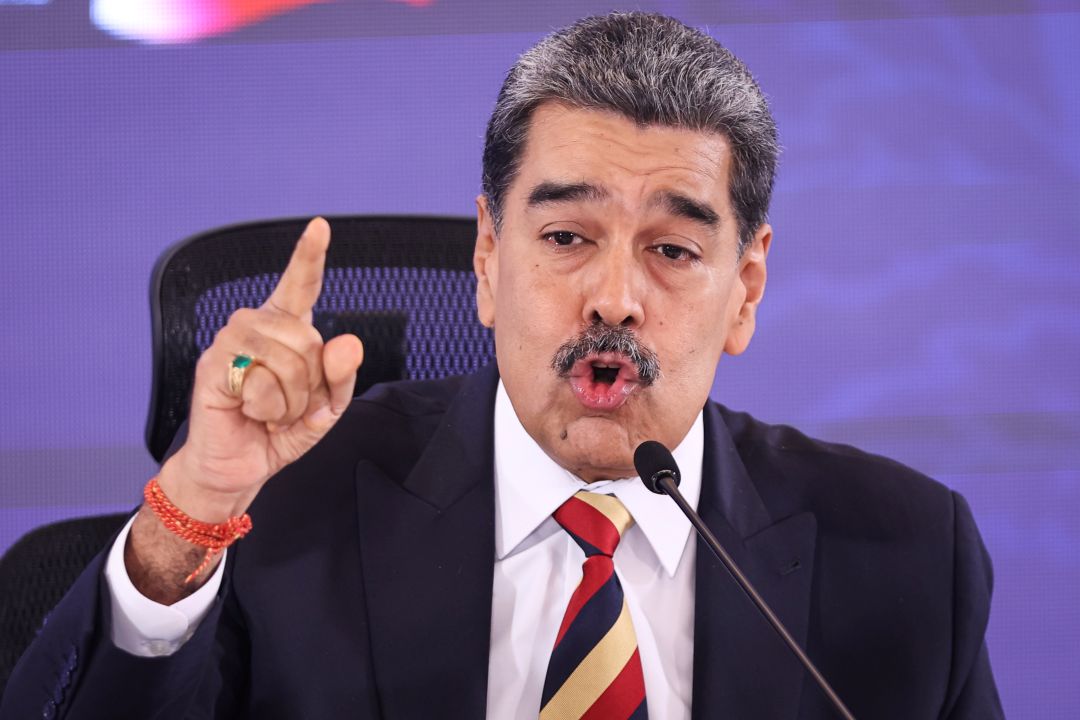

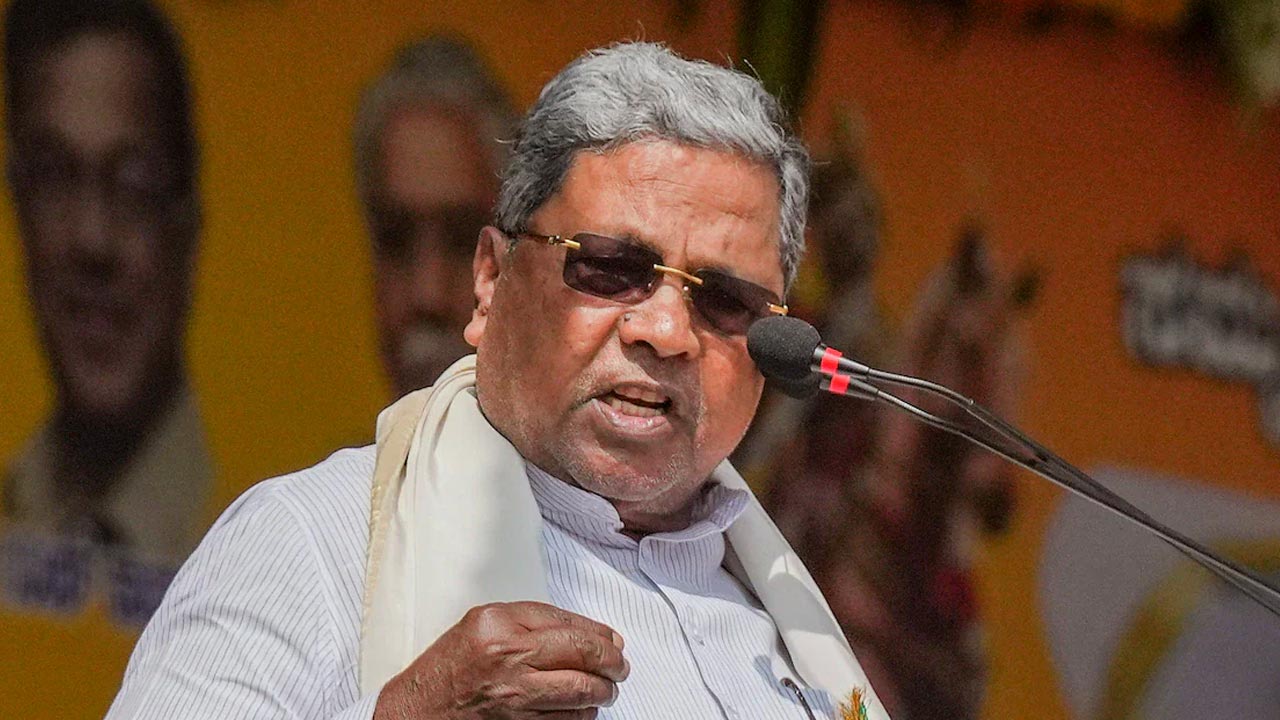
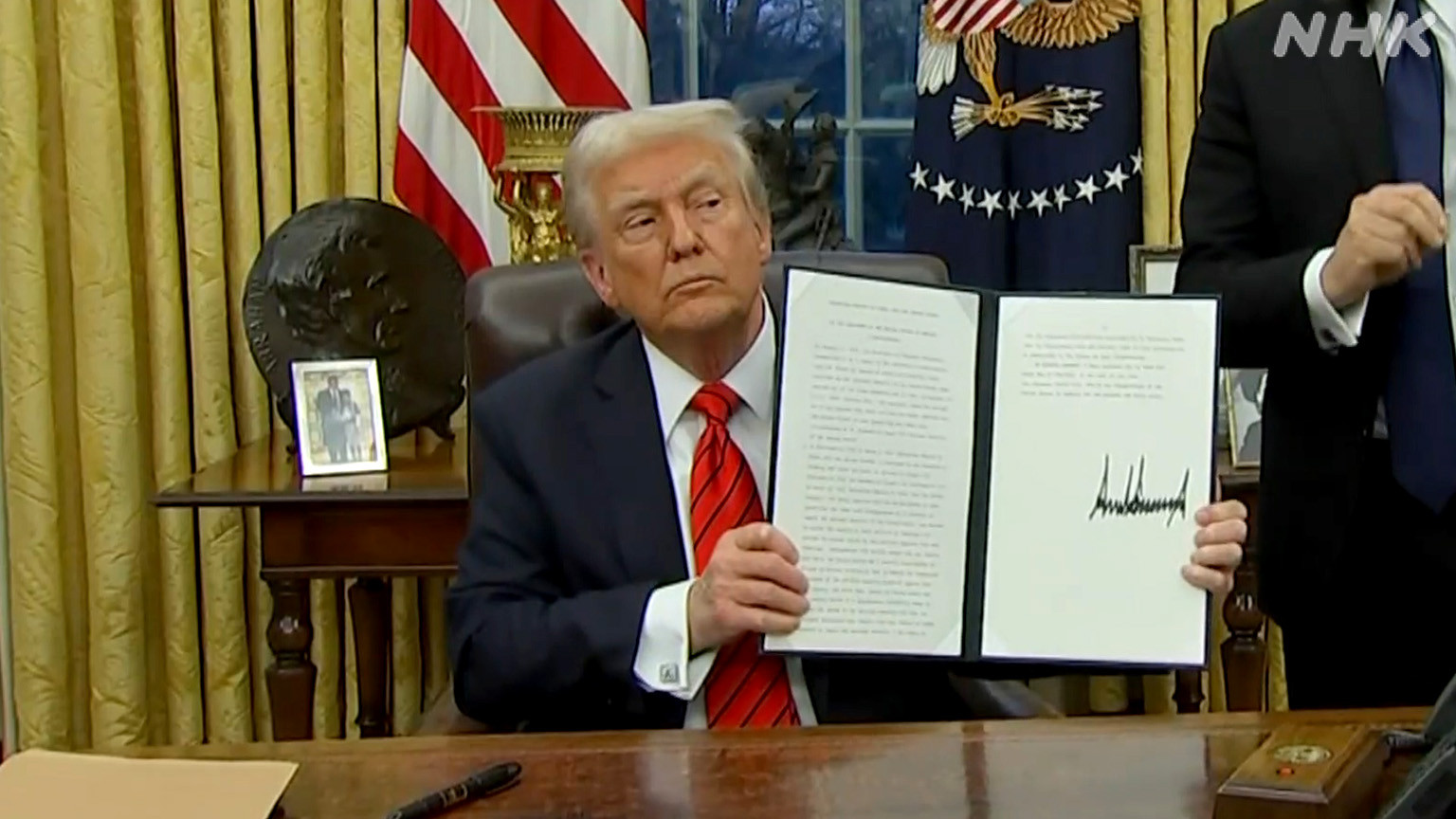
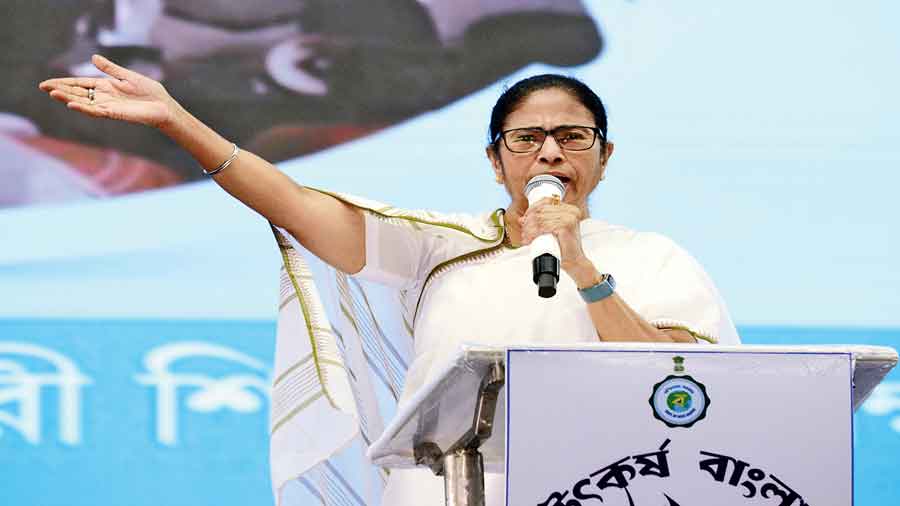
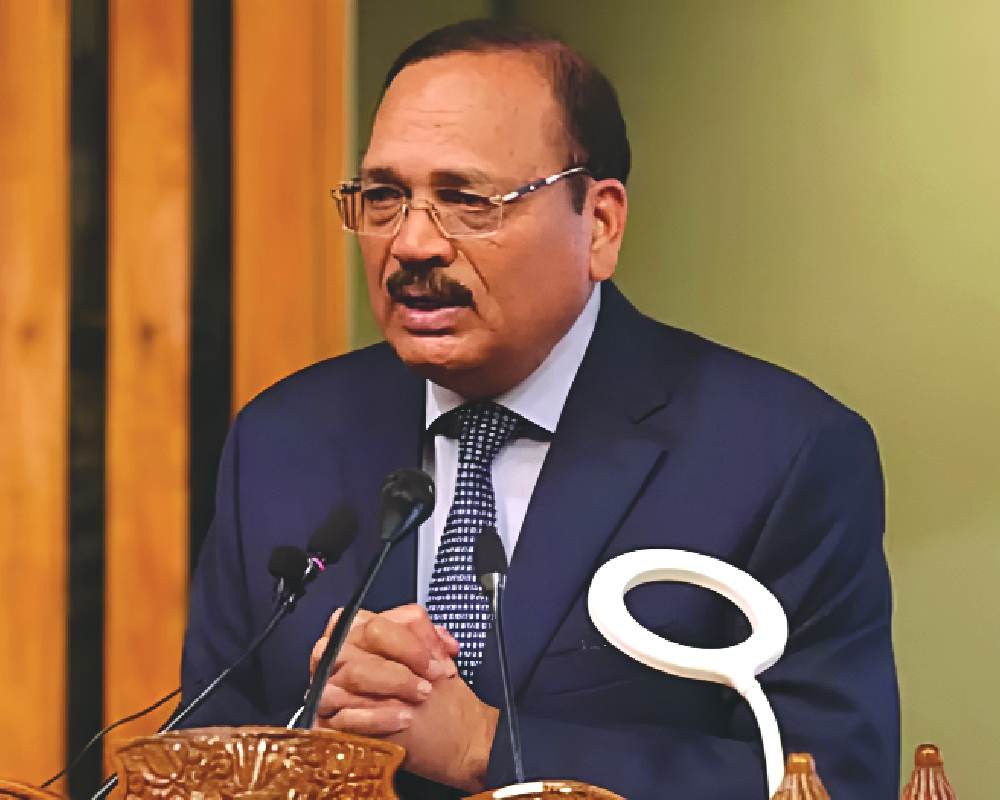
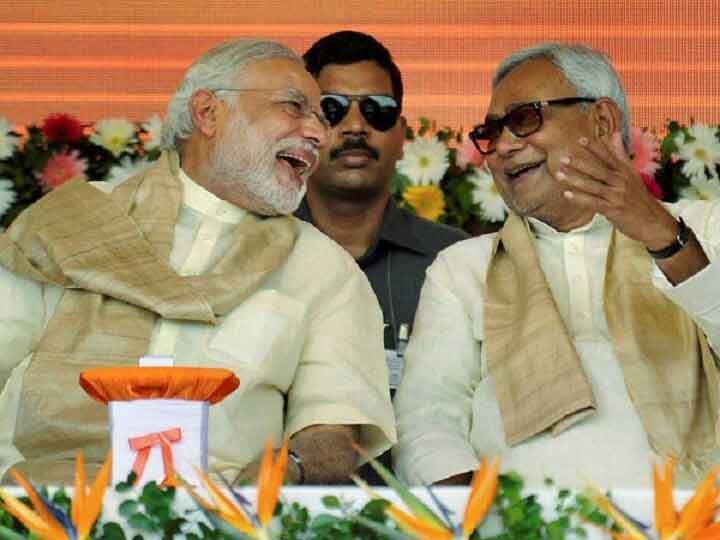

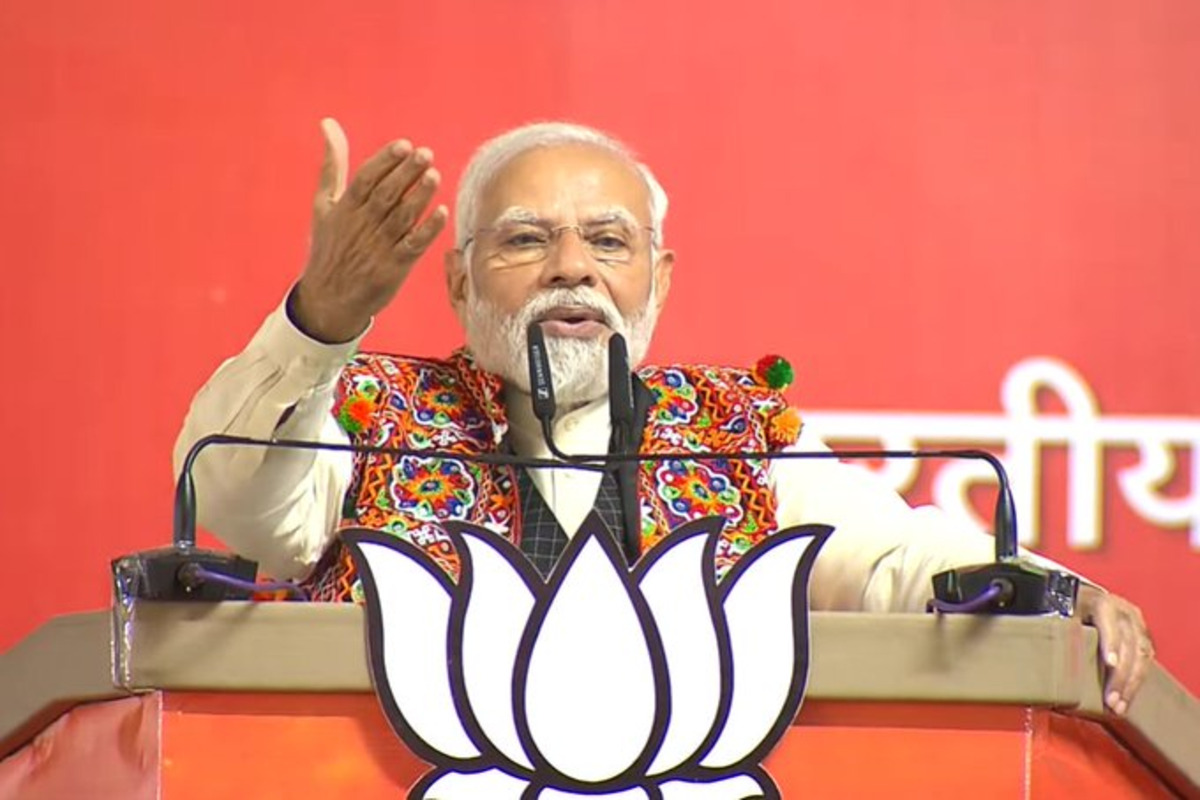







Comments (0)